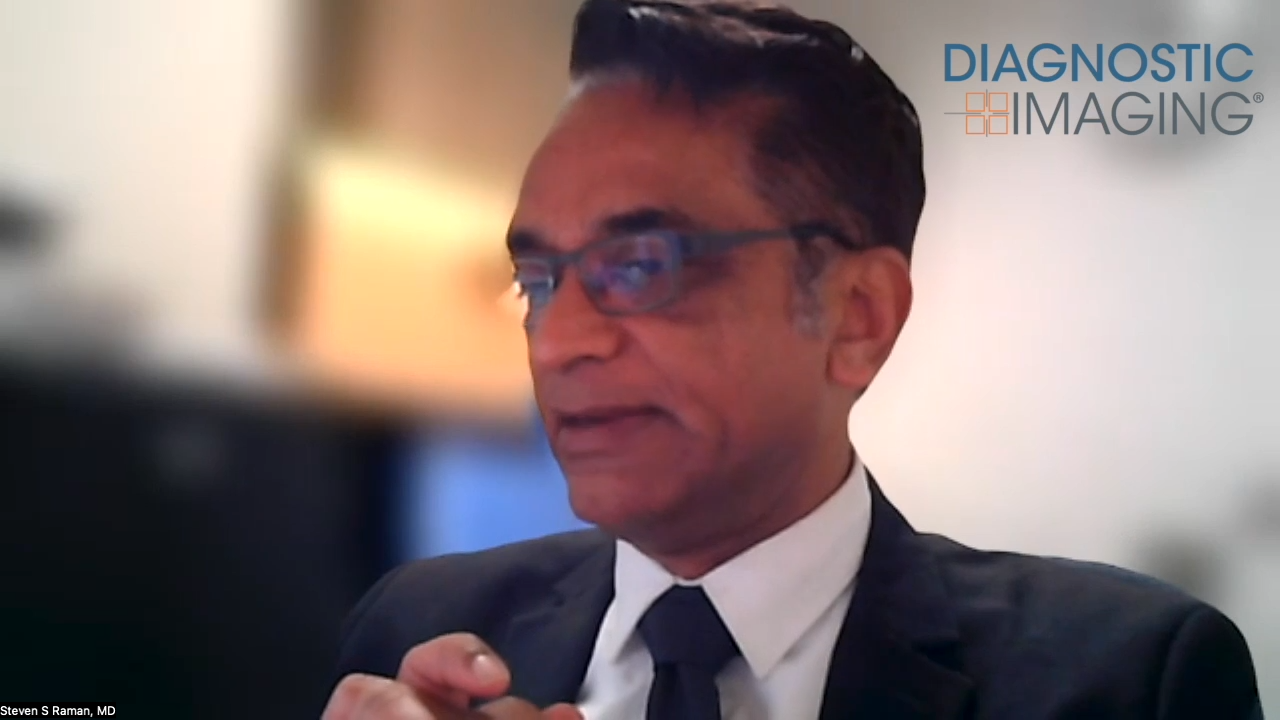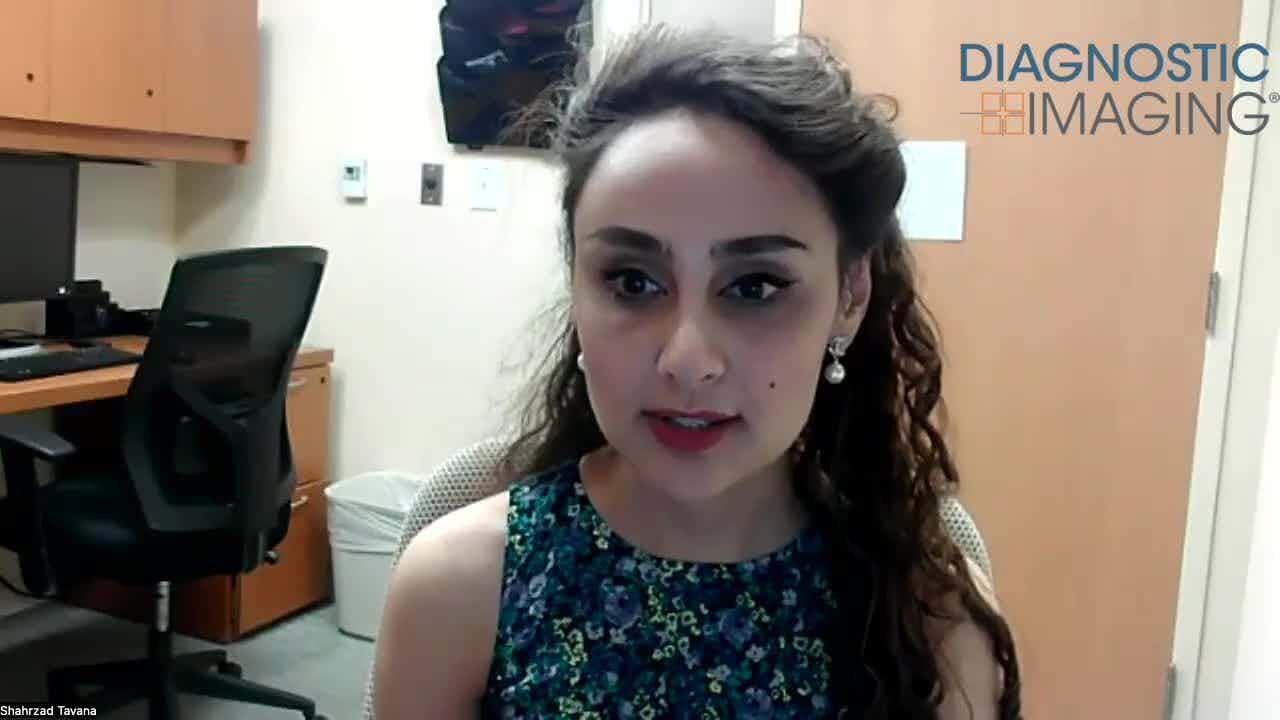Fibroid patients still don't know about embolization
Women with uterine fibroids remain in the dark about the potential benefits of uterine artery embolization more than a decade after the development of the nonsurgical treatment. Specialists contend that both ob/gyn providers and interventional radiologists should intensify efforts to educate women with the condition about their treatment options.
Women with uterine fibroids remain in the dark about the potential benefits of uterine artery embolization more than a decade after the development of the nonsurgical treatment. Specialists contend that both ob/gyn providers and interventional radiologists should intensify efforts to educate women with the condition about their treatment options.
In August 2004, the Wall Street Journal noted that many women never hear about the "hysterectomy alternative,- quoting studies from Northwestern and Yale universities to back up the claim.
"It's been almost four years, and not a whole lot has changed,- said Dr. John C. Lipman, director of interventional radiology at the Emory Adventist Hospital in AtlantaLipman released in March results of a study involving 105 consecutive patients seeking treatment in a large metropolitan fibroid practice. Patients were prospectively asked whether the gynecologist mentioned UAE as an option and, if not told, how they learned about the procedure. Findings revealed that only a third of these patients had been given UAE as an option. Lipman presented the study at the 2008 Society of Interventional Radiology meeting.
Of the 70 patients who were not told about UAE, 40 had learned about it through personal web research or radio advertisements.
"The Internet is a great information tool. But it is the physician's responsibility to talk about all treatment options, not just those that the gynecologist performs,- Lipman told Diagnostic Imaging.
There are some positive signs, however. The April issue of Contemporary OB/GYN featured a piece on the clinical benefits ofcollaboration between ob/gyns and IRs who treat women with fibroids. The publication reaches more than 40,000 U.S. ob/gyns. Several events dealing with the subject-including a UAE symposium at the last SIR meeting-have seen increasing participation from all specialists involved in the care of these patients, according to Lipman.
Work remains to turn things around, however, including more attention from the mainstream media and ob/gyn literature about UAE. Most important, IRs need to step up to the plate, Lipman said.
BrightHeart Garners Third FDA Clearance for AI-Powered Assessments of Fetal Heart Ultrasound
May 14th 2025The latest FDA 510(k) clearance is for B-Right Views, an AI-enabled device, which provides automated detection of required views necessary for second- and third-trimester fetal heart ultrasound exams.










